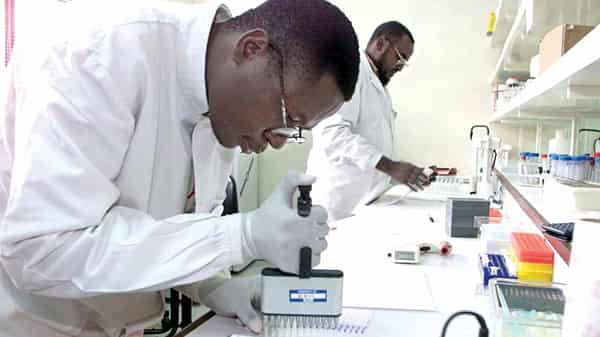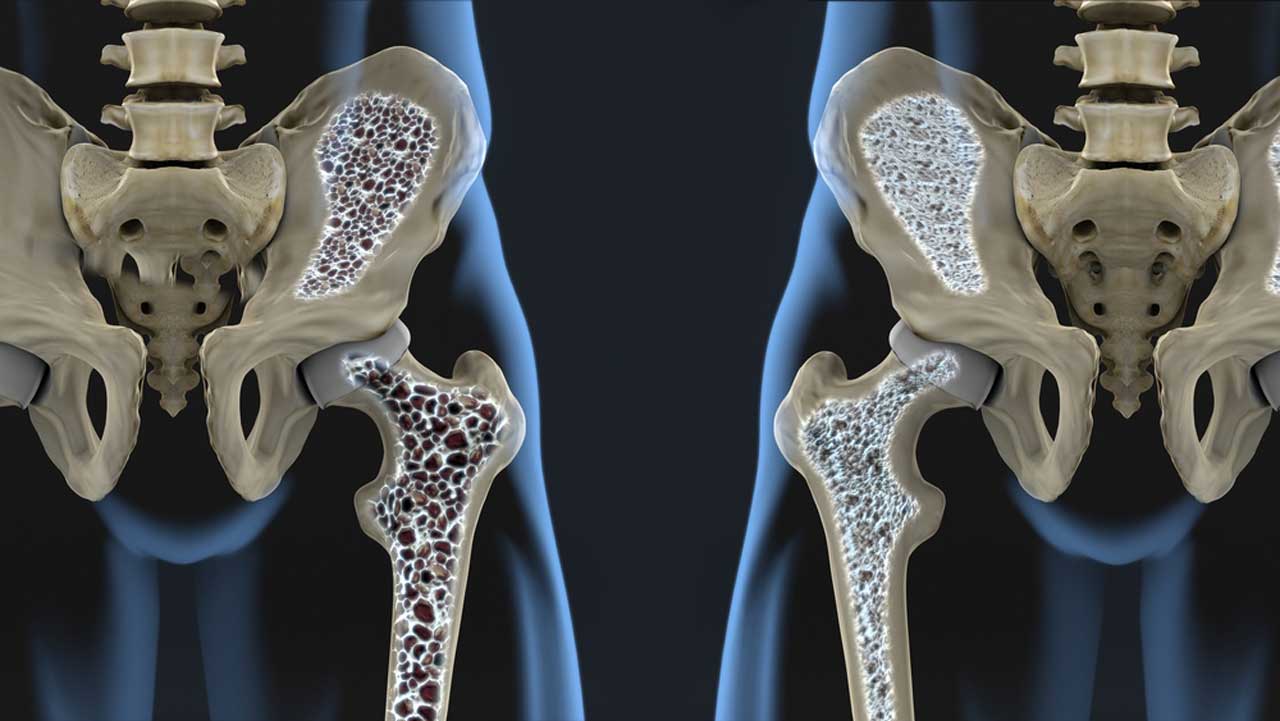A team of researchers have developed a next-generation biological biosensor capable of detecting trace amounts of explosive residues in contaminated soil, presenting a cost-effective and field-ready alternative to traditional detection methods.
The researchers explained that they engineered the biosensor using Pseudomonas putida, a non-pathogenic soil bacterium known for its resilience and metabolic versatility.
The study, published in the Journal of Chemical Health Risks, was conducted by Nchebe-Jah Raymond Iloanusi of the College of Staten Island in the United States, Nzube-Jah Ukah of the University of Western Ontario in Canada, and Amarachi Confidence Nweke of Elizade University in Nigeria.
According to the authors, explosive residues such as 2,4-dinitrotoluene (2,4-DNT) and TNT, often associated with warfare and industrial activities, pose long-term environmental and public health risks.
They noted that existing detection approaches, including gas chromatography and mass spectrometry, although accurate, are costly, time-consuming, and unsuitable for continuous field monitoring.
The researchers said the newly developed biosensor detects explosive compounds by activating specific genes: PxylA, PaccD and P3027, whose expression levels rise significantly upon exposure. They added that CRISPR-Cas9 techniques were used to connect these genes to fluorescent reporter systems, enabling rapid visual or instrument-assisted detection.
They reported that laboratory tests demonstrated high sensitivity, with strong gene induction even at low contaminant concentrations and under varying environmental conditions. Fluorescence assays and qRT-PCR analyses were said to provide reliable signal output, strong specificity, and consistent behaviour across temperature and humidity ranges that mimic real-world scenarios.
To improve field readiness, the researchers incorporated synthetic promoters, dual UTR systems and encapsulation technologies, allowing the biosensor to function effectively in soil matrices or portable testing kits. The engineered system, they explained, can also be integrated into handheld optical devices or smartphone-based platforms for real-time monitoring.
The authors said the technology marks a significant step forward for post-conflict environmental assessment and ecological restoration, adding that it supports global efforts to develop low-cost, sustainable tools for hazardous contaminant detection.
They also noted that the study lays the groundwork for future innovations combining microbial biosensing with artificial intelligence, digital mapping and autonomous detection systems.






